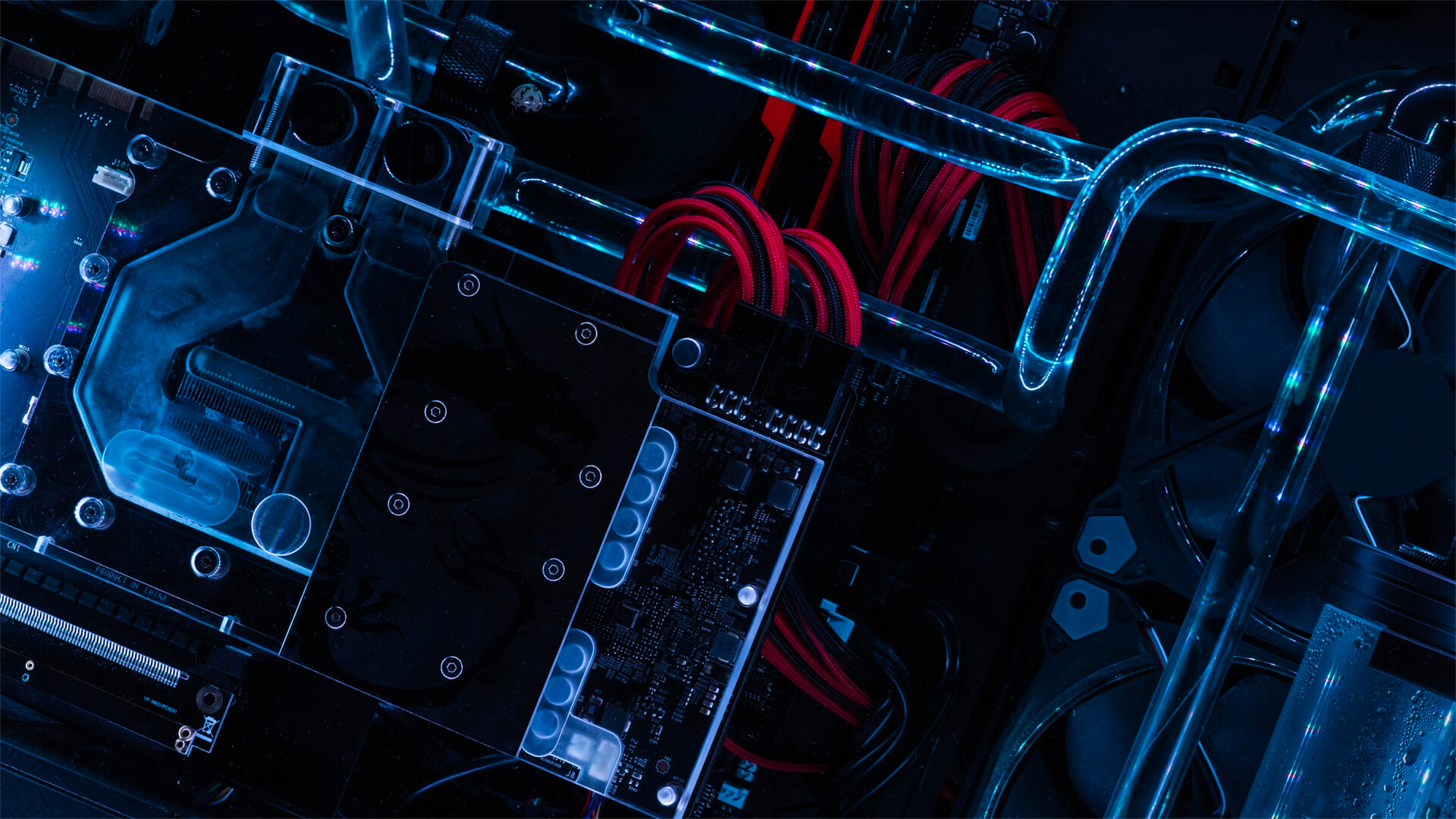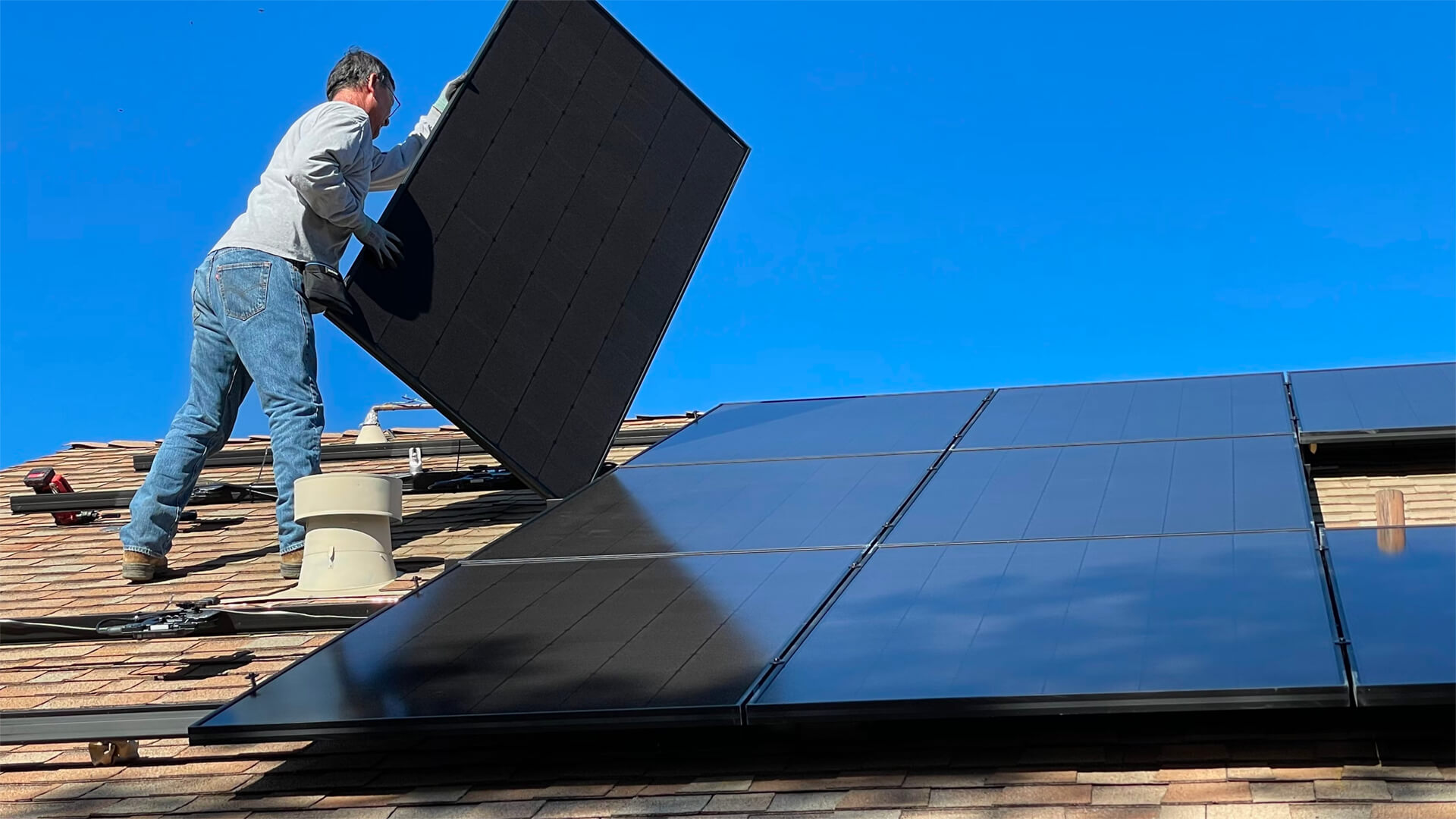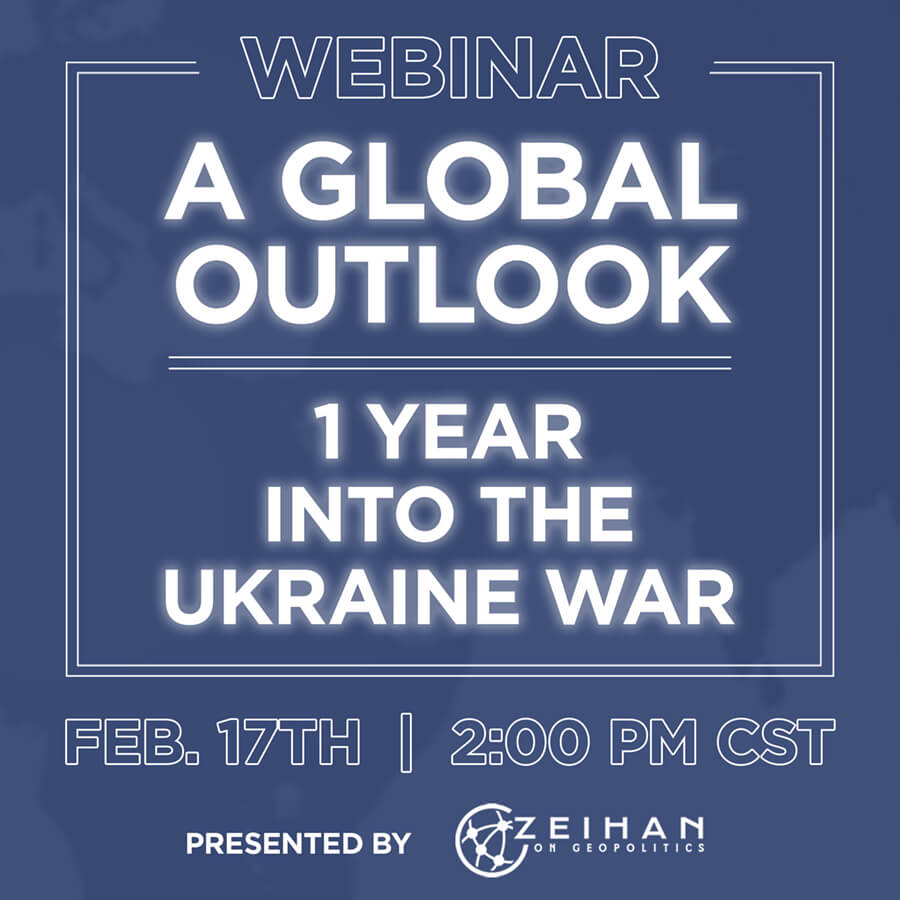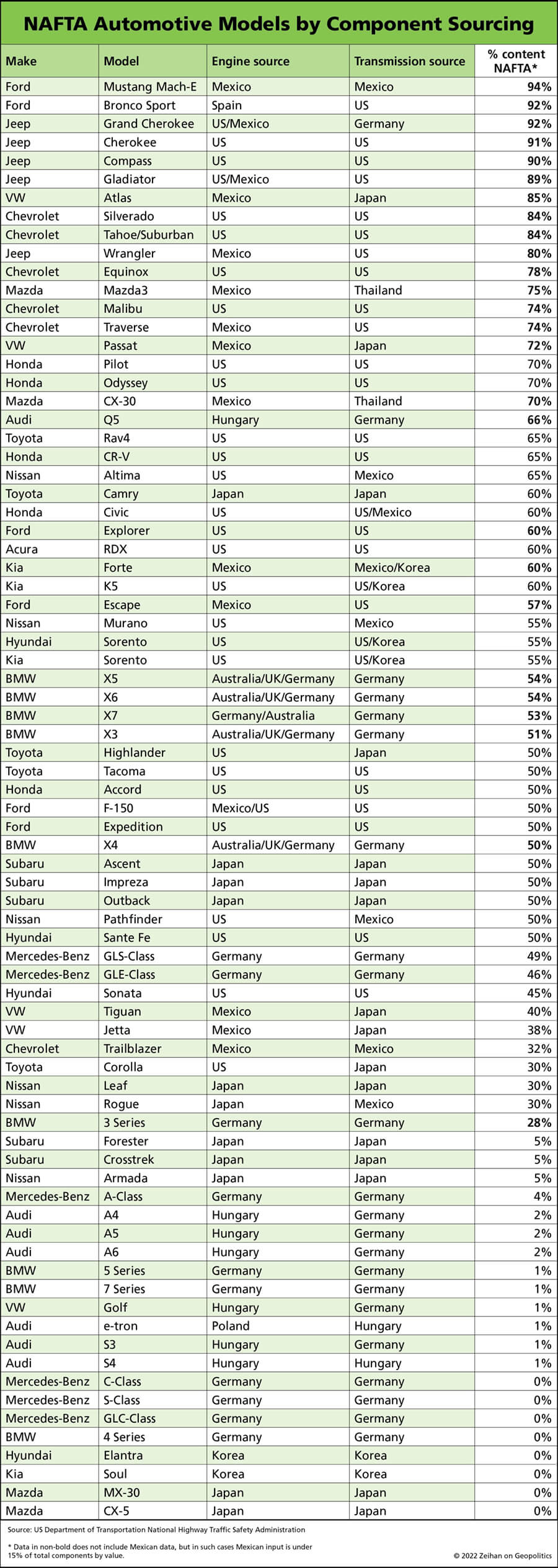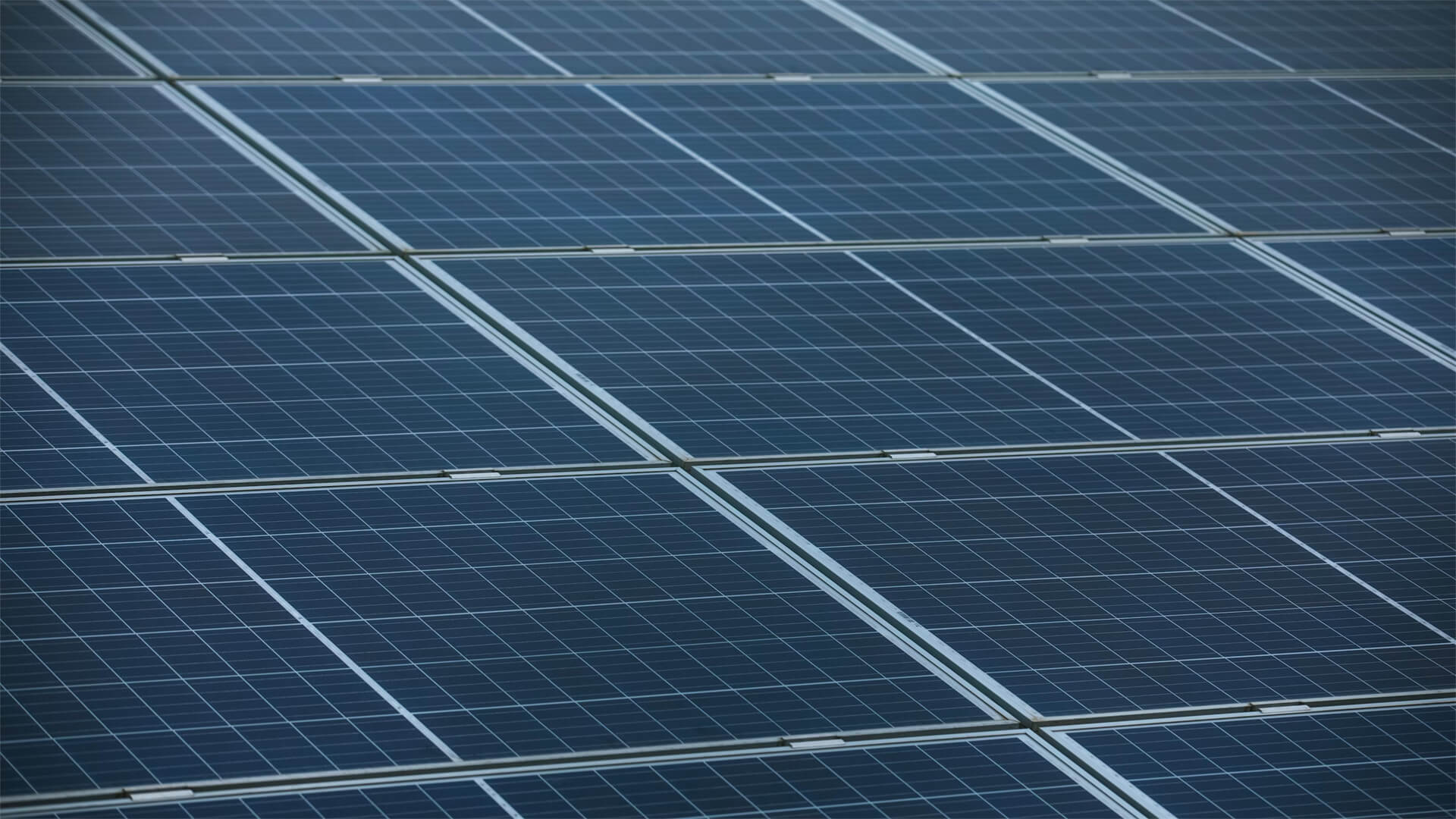All this talk of little green men has both disturbed and intrigued my inner nerd. While I don’t know if aliens have actually visited us, talking about the possible tech being used is a fun little distraction for all of us.
These three transport technologies should sound familiar to sci-fi lovers, Trekkies, and everyone in between. If they don’t ring any bells, I suggest you go do some extensive “research” and return once you have a baseline appreciation for the finer things in life. Now, back to the aliens.
Three transport technologies could explain how our extraterrestrial friends might be visiting us. Option one (and the least likely of the three) is a system of rings that allows ships to travel from point to point, but since we haven’t detected any infrastructure – this isn’t super plausable. Option two (and Han Solo’s personal favorite) is hyperspace. This tech would be problematic because anyone could jump to hyperspace, and since we haven’t been visited by the Empire or a bunch of space-minivan-driving carpetbaggers – this probably isn’t happening either. Option 3 (as seen on Star Trek) is warp, and it’s the most feasible explanation. This technology would likely come with a degree of government regulation since top-of-the-line systems would be expensive and large.
While talking about aliens is a fun diversion, please take all of this with a grain of salt. I haven’t seen evidence or information about any of this, but it sure makes for a fun discussion.
Here at Zeihan On Geopolitics we select a single charity to sponsor. We have two criteria:
First, we look across the world and use our skill sets to identify where the needs are most acute. Second, we look for an institution with preexisting networks for both materials gathering and aid distribution. That way we know every cent of our donation is not simply going directly to where help is needed most, but our donations serve as a force multiplier for a system already in existence. Then we give what we can.
Today, our chosen charity is a group called Medshare, which provides emergency medical services to communities in need, with a very heavy emphasis on locations facing acute crises. Medshare operates right in the thick of it. Until future notice, every cent we earn from every book we sell in every format through every retailer is going to Medshare’s Ukraine fund.
And then there’s you.
Our newsletters and videologues are not only free, they will always be free. We also will never share your contact information with anyone. All we ask is that if you find one of our releases in any way useful, that you make a donation to Medshare. Over one third of Ukraine’s pre-war population has either been forced from their homes, kidnapped and shipped to Russia, or is trying to survive in occupied lands. This is our way to help who we can. Please, join us.
Transcript
Hey everyone. Peter Zeihan here from the top of Silver Hills. I’m going to give you the quick run of the oil before it’s too strong. You’ve got Silver Hills Rich there, a lost wilderness behind it. Whose ridge? Ten mile reach near brick and rich mosquito range. Down here, we’ve got South Park, the old interglacial that is fair play.
Best breeders in the state. I don’t know why some asshat works where he keeps trying to take it off the menu and then the southern front ranger, which southern front ridge really doesn’t have all that many really top points except for this guy, of course, is the mighty Pikes Peak. Okay, now I’m going to move over here to a shelter so I can talk to you out of the wind about aliens.
I have been a little disturbed by how many people have written in asking me for comment about all this new stuff that’s going on with you.So UFOs are just a new acronym as Uaps. I’ll tell you what I know, which is nothing. I’ll tell you what I think. I have no indication that there are aliens. I have no indication that they’ve been visiting us.
I just know that people are talking about it. So let’s talk about the technologies that would be involved and what that would mean in each scenario. How about that? That I can do as we’ve seen with the world here, as transport technologies change, how it evolves, the way we interact, the way we move, the way we deal with one another with the economy and the political system looks like.
So, for example, when deepwater navigation was developed by the Liberians in the 14th, 15th and 16th centuries, they had the ability to reach out and interact with the rest of the world. The rest of the world could not really return the favor. And so they were able to build these giant empires. So if you had some kind of an analog for that, for space travel, in theory, we could be the ones who were visited as opposed to the ones who are doing the visiting now.
Science fiction is very, very rich with different kinds of technologies that can be used to do different things. I just love to talk about three. It’s not that these were the only three. These are the three that I think it’s easy to kind of wrap your mind around. So first rings, basically, you put rings in space and you put a ship into the ring and it gets shot to the next ring.
And the next one, the next one makes one noise and on and on. Basically, think of it like an old style bank service too. But you put ships in it the up and the down side of this. Well, the upside is I’m positive that we’re not dealing with this if there’s aliens visiting us now, because you have to have rings that go to the next solar system.
So you will need hundreds of them over light years and we would see them coming. And if there was ever a problem, you could probably blow up the infrastructure. We’re also very glad we don’t have that here because it’s not like a road. It’s like a single artery. Everyone has to use it. And so whoever built it and controls it and operates it as an immense amount of political and economic power builds a very oligarchic system.
We’re glad we don’t have that second one. The one that’s probably most problematic would be hyperspace. The idea that you can put a device on any sort of vessel and it just can just show up and pop out somewhere else and might have to do multiple jumps to get between star systems. This is what they use in Star Wars.
Now you’ve all seen the Millennium Falcon and Han Solo. And if you haven’t, I don’t even know why I’m speaking to you right now. But his ship was kind of a piece of crap, a poorly maintained, but had a good hyperdrive. And that was kind of the point. Anyone can have a hyperdrive. So Star Wars, the political system flips back and forth between periods of centralization where they try to control everything.
And then it all spins apart because they can’t, because of the technology, because anyone can in their family space system can go to a different star system. If this is what is visiting with us, we’re going to have problems because it’s either going to be something like the empire, where it can be an invasion, it can bring literally millions, if not billions of troops, or it’s going to be dozens of warlords and hundreds of carpetbaggers who can just get a small cargo ship and pop over here and exploit us.
Now, I don’t think that’s what we’re dealing with here, because it would be obvious if it was the empire, I’d be a big ass ship with a lot of troops, and they’re not going to be subtle. Even if it’s a nice empire, they’re not going to be subtle. And if it was tens of thousands of small traders, there’s no way they’d be operating in any sort of organized hierarchy.
They’d just be coming and going and everyone would know because they’d like sit down in Chicago, Central Park every once in a while. So it’s probably not that the more realistic, just for the information that we’re seeing right now is warp, you know, the Star Trek approach, where it’s not all that hard out at warp drive, but if you want one that’s fast has to be on a pretty big ship.
And that means government and that means you can have a degree of hierarchical control over policy. And if you’ve got things zipping in and out that we can’t really see, the idea that that would be stealth to some degree makes a lot of sense. So of those three technological tucked logical pathways, I’d say Warp is the one that we’re dealing with right now.
If it is indeed happening. And that’s probably the best because it’s kind of a middle ground between the the chaos slash centralization of Star Wars and the ossification and oligarchic of the rings. This is like cowboy bebop. I if you know, if were found by the federation, there would be a anyway, I hope you enjoyed this little diversion.
I honestly have not seen any of the information that is circulating out there about whether or not anything is actually going down with the uaps. So take this for what it is and just a little bit of fun. All right. That’s it.




